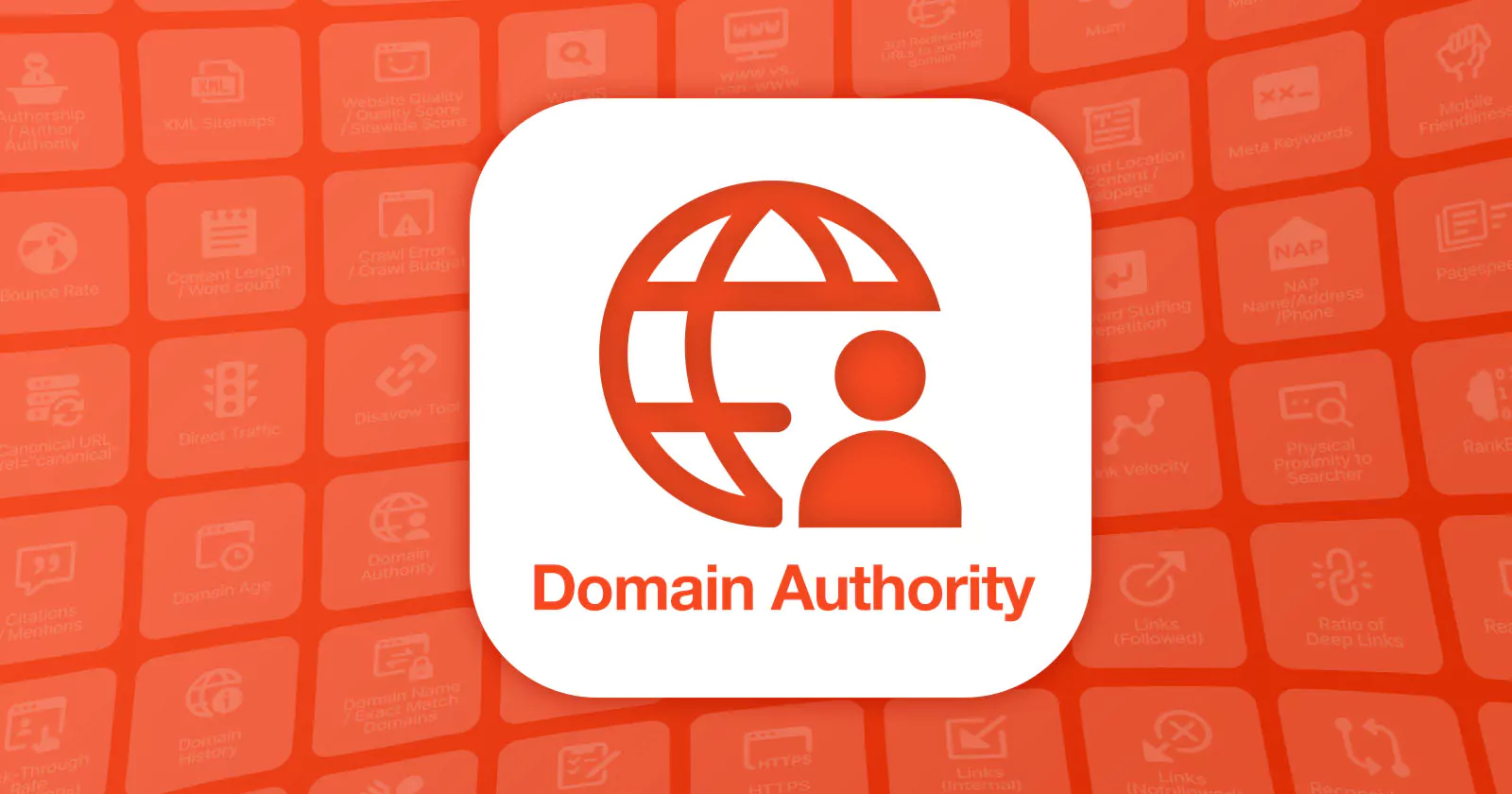
When enhancing your website's performance in search results, it's essential to explore fresh strategies to refine your website and search engine optimization (SEO) approach. Anchor text plays a crucial role in this endeavor. But what exactly is anchor text?
Anchor text is the clickable text in a hyperlink. When you click on it, it redirects you to another webpage, either within the same website or to an external site.
In this guide, we will offer a comprehensive overview to help you in mastering the art of anchor text optimization.
What Is Anchor Text?
Anchor text is the visible, clickable text in a hyperlink, facilitating navigation from one webpage to another.
In the realm of SEO, anchor text holds significant importance as it aids search engines in comprehending the subject matter of a webpage.
Types of Anchor Text Formats
As you delve into the intricacies of crafting anchor text, you'll encounter various formats to choose from, each serving specific purposes. Let's explore the seven common types of anchor text:
1. Exact Match
Exact match anchor text precisely mirrors the targeted keyword of the linked page. For instance, if discussing a "recipe for fudge brownies" and linking to a corresponding recipe, using "fudge brownies" as anchor text constitutes an exact match.
2. Partial Match
Partial match anchor text incorporates variations of the targeted keyword. For example, the anchor text "fudge brownies" might link to a page optimized for the keyword "best fudge brownie recipe."
3. Branded
Branded anchor text links directly to a brand's website when mentioning their name. For instance, discussing Target products and linking to the Target website exemplifies branded anchor text usage.
4. Naked Link
Naked links forego traditional anchor text, incorporating the URL directly into the text. For example, "Visit our website, www.target.com, to see all our products," bypasses traditional anchor text in favor of the raw URL.
5. Site Name
Site name anchor text references a website without including the full URL. For instance, presenting "Target.com" as anchor text directs users to the Target website without the inclusion of the "www" prefix.
6. Generic
Generic anchor text lacks specificity regarding the linked content, often utilizing phrases like "Click here" or "Learn more." While functional, generic anchor text may require surrounding contextual information to elucidate the purpose of the link.
7. Images
When linking to content through an image, the alt attribute of the image serves as the anchor text for the link. Search engines utilize this text to discern the context of the linked image.
Why is Anchor Text Important?
In essence, anchor text serves as a crucial element for both users and search engines. It offers users a preview of the linked page's content and guides search engines in indexing and ranking webpages effectively.
Relevance plays a pivotal role here. Irrelevant anchor text can lead to a poor user experience, potentially deterring website visitors. Moreover, search engines may devalue your website if the linked content fails to align with user expectations.
Thoughtful utilization of anchor text not only enhances brand trust among readers but also strengthens your website's SEO endeavors by providing pertinent signals to search engine crawlers.
You Might Also Like: How Many Internal Links Per Page SEO?
How to Optimize Your Anchor Text?
Simply being acquainted with various anchor text types isn't sufficient for securing higher SERP rankings. Here are some optimization best practices to help you navigate:
1. Ensure clear distinction of anchor text: Avoid blending anchors with surrounding text; make them identifiable as clickable links.
2. Maintain transparency; avoid misleading readers: Uphold promises made while linking to other webpages, delivering the expected content.
3. Retain the natural flow of your writing: Strive for natural language usage, avoiding overly strategic approaches focused solely on exact matches.
4. Uphold link relevance: Regularly review and update links, especially for time-sensitive content.
5. Align with search intent: Ensure that your anchor text aligns with the reader's search intent and the context of your content.
6. Steer clear of keyword stuffing: Over-optimized anchor texts and poor-quality hyperlinks can attract penalties from search engine algorithms.
7. Cultivate diversity in anchor text usage: Manipulating link labels excessively can lead to penalties; aim for a natural variety in your link profile.
8. Keep link text concise: Avoid anchoring large blocks of text; maintain succinctness for clarity.
9. Simplify URLs for naked anchors: Opt for shorter, cleaner URLs instead of lengthy, convoluted strings.
10. Maintain a comprehensive inventory of links and anchors: A centralized library aids in optimization efforts and facilitates site audits when needed.
Conclusion on What is Anchor Text
To achieve results from your SEO strategy, prioritize investing in informative and pertinent anchor text. Adhering to best practices for anchor text ensures an improved understanding of your website's content by both search engines and users alike.
By understanding the nuances of anchor text types, best practices, and their pivotal role in SEO, you can chart a course toward digital success, guiding both users and search engines to your doorstep amidst the vast expanse of the internet.

